Mumbai’s train network is more than just a way to get around—it’s the lifeblood of the city, moving millions of people through its veins every single day. The sheer hustle and bustle of Mumbai’s railway system offers a truly one-of-a-kind experience.
Here’s a list of 9 official train lines that highlight the incredible local energy pulsing through India’s financial capital.
Western Line
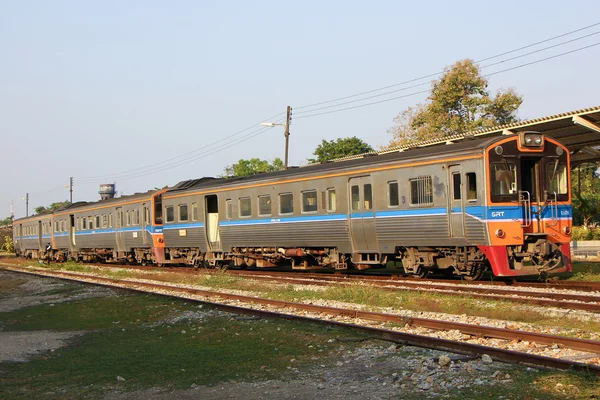
Stretching over 77 miles from Churchgate to Dahanu Road, this colossus corridor is Mumbai’s most vital lifeline. The Churchgate to Virar portion alone takes millions of passengers every day on its quad-tracked infrastructure, building a human river that flows unceasingly.
Office-going people, vendors, and students fill trains during peak hours to a fever pitch as the energy peaks during rush hours..
Central Main Line

This powerhouse route connects Chhatrapati Shivaji Maharaj Terminus to Kalyan over 34 miles, then branches out like arteries to Kasara and Khopoli. The main trunk carries Mumbai’s working-class commuters, while the branch lines connect to communities nestled in the Western Ghats and industrial zones.
Dadar station becomes the epicenter where different worlds collide—corporate executives rushing to board fast trains while local vendors perfect their lightning-quick sales pitches.
Like Travel Pug’s content? Follow us on MSN.
Harbour Line
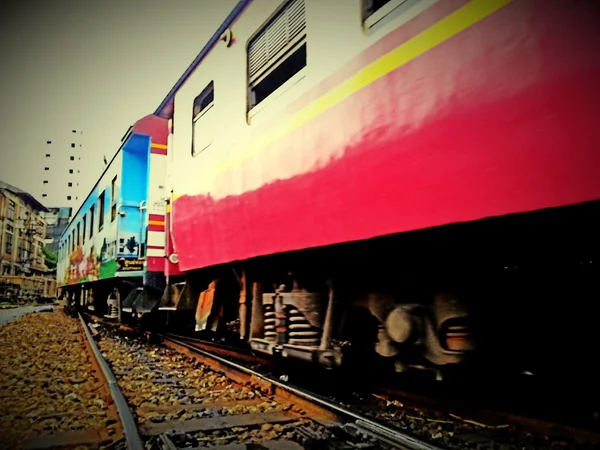
Traversing Mumbai from CST to Panvel with a vital extension to Goregaon, this coastline presents the maritime life of Mumbai through 35 stations. The route passes areas where fishing communities thrive and boats dot the horizon.
Running slow services only at present, these trains have a different pulse—quieter but no less resolute as they serve communities which many will call the ‘real’ Mumbai.
Trans-Harbour Line
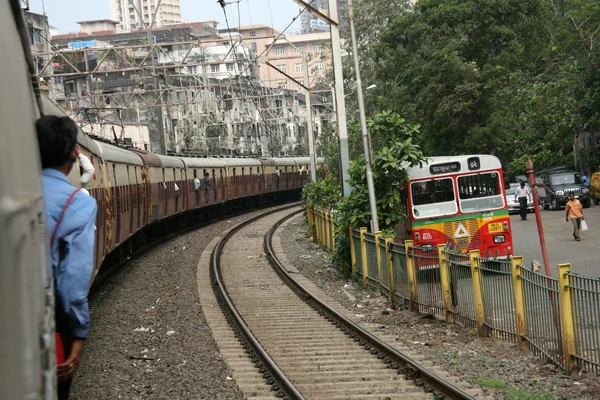
This connector bridges the gap between Thane and the Panvel/Vashi corridor, serving as Mumbai’s metropolitan expansion backbone. The route carries the energy of Navi Mumbai’s planned development while maintaining connections to the older city’s organic chaos.
Passengers here often represent Mumbai’s future—tech professionals, young families, and entrepreneurs who’ve chosen modern infrastructure without abandoning their connection to the original city.
Vasai Road-Roha Line
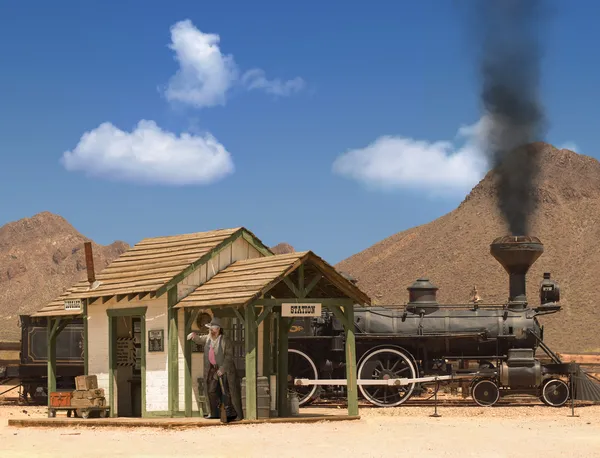
Acting as the crucial link between Western, Central, and Harbour networks, this line serves areas where Mumbai’s suburban sprawl meets rural Maharashtra. MEMU services along this route carry a unique mix of commuters, agricultural workers, and small business owners who bridge the gap between urban and rural economies.
The energy here reflects Mumbai’s incredible ability to absorb and integrate communities from vastly different backgrounds.
Like Travel Pug’s content? Follow us on MSN.
Port Line

Stretching roughly 16 to 18 miles from Nerul and CBD Belapur to Uran, this Navi Mumbai corridor represents the city’s planned expansion dreams made real. The line serves areas where modern apartments rise next to fishing villages, creating a fascinating blend of old and new.
Passengers often marvel at how quickly the landscape shifts from urban density to coastal tranquility, yet the Mumbai energy persists throughout the journey.
Panvel-Karjat Line
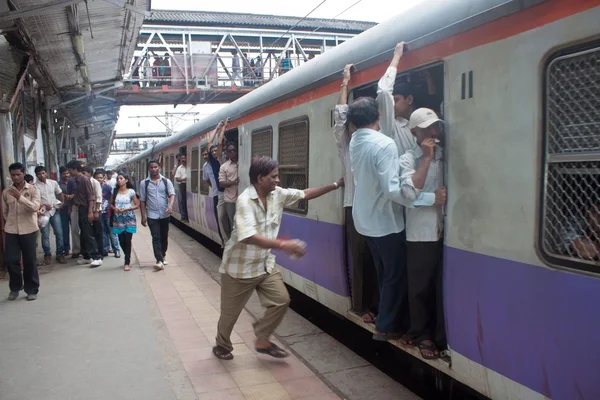
Though still under development with completion expected by late 2025, this 18-mile corridor already generates excitement as Mumbai’s next growth frontier. The planned five new stations will serve areas where real estate developers and environmental advocates engage in constant negotiations over Mumbai’s expanding footprint.
Early construction activity has created its energy, with workers, planners, and future residents all imagining how this line will reshape suburban access.
Mumbai Metro Line 1
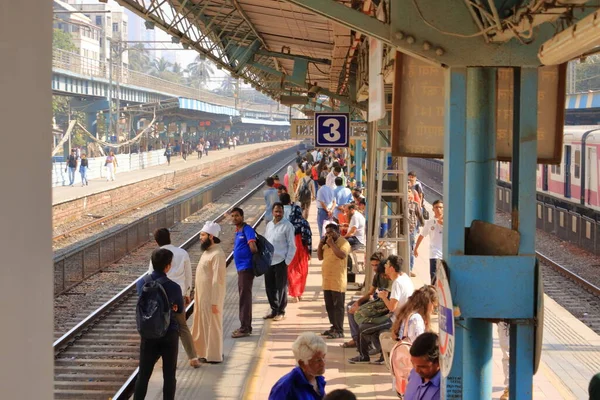
The Versova to Ghatkopar corridor brought air-conditioned comfort to Mumbai’s transport chaos, yet somehow the local character found its way inside anyway. These modern trains carry passengers who appreciate efficiency but haven’t abandoned Mumbai’s famous habit of striking up conversations with strangers.
The elevated route offers stunning views of the city’s dense urban fabric while maintaining that distinctly Mumbai energy where technology serves the community rather than replacing it.
Like Travel Pug’s content? Follow us on MSN.
Mumbai Monorail Line 1

This short but significantly elevated route from Chembur to Wadala represents Mumbai’s willingness to experiment with transportation solutions. The monorail attracts curious riders alongside practical commuters who’ve discovered its advantages for specific cross-city journeys.
Despite its limited scope, the line carries outsized energy as passengers enjoy bird’s-eye views of neighborhoods that reveal Mumbai’s incredible diversity from above.
Rails That Refuse to Rest
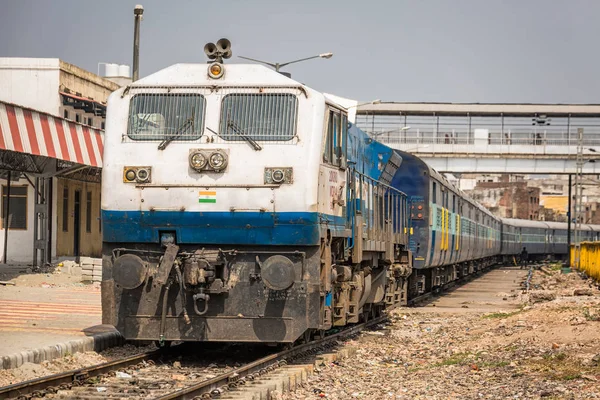
Mumbai’s nine official train lines have transformed from British colonial infrastructure into something uniquely Indian, where the pursuit of efficiency never overshadows the human connections that make each journey meaningful. These routes don’t simply move people—they circulate the ambitions, relationships, and unstoppable spirit that power one of the world’s most dynamic cities.
The rails may have predetermined routes, but the power they harness keeps changing with every subsequent generation of riders who realize that in Mumbai, the destination is the journey itself. From the coastal views of the Harbour Line to the metropolitan aspirations of the Trans-Harbour corridor, these nine lines capture a city that refuses to slow down, where every train becomes a moving community and every platform transforms into a stage for Mumbai’s ongoing urban symphony.
More from Travel Pug

- 20 Best Beach Towns in the Carolinas
- 13 Destinations Where Tourists Regularly Regret Their Trip
- 20 Things You Actually Get in First Class
- 20 Small Airports With Aviation Museums
- 20 Places in the U.S. That Are Perfect for a Reset Trip
Like Travel Pug’s content? Follow us on MSN.
